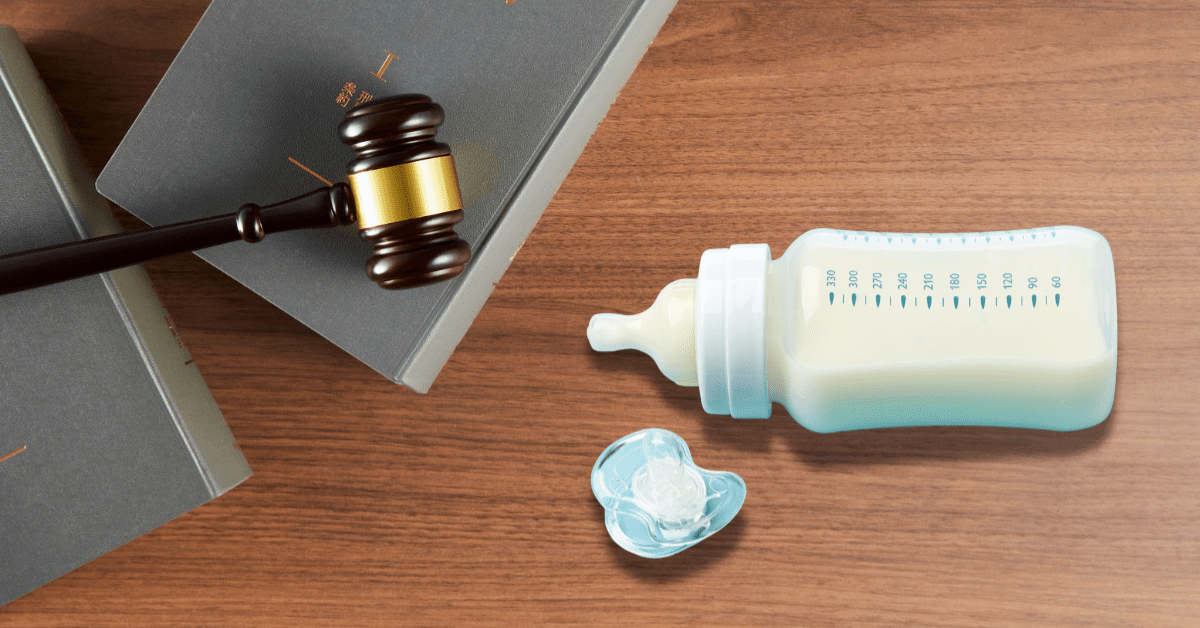Ventralight ST Lawsuits
The Ventralight ST hernia mesh is made by the company Bard, the largest hernia mesh manufacturer in the world. Bard is facing nearly 20,000 hernia mesh lawsuits in federal court and over 10,000 lawsuits in Rhode Island state court. The Bard hernia mesh lawsuits filed in federal court are consolidated into a multi-district litigation (MDL). Approximately 1 out of 5 hernia mesh lawsuits in the Bard hernia mesh MDL are related to the Ventralight ST hernia mesh. Additionally, the Ventralight ST hernia mesh is part of the “ST family” of hernia meshes made by Bard. The ST family of Bard hernia mesh devices all contain a resorbable adhesion barrier coating known as Sepra Technology, abbreviated as ST. The following Bard hernia mesh devices utilize the ST absorbable adhesion barrier:
- Ventralight ST
- Sepramesh
- Ventralex ST
- Ventrio ST
There are also a large number of hernia mesh lawsuits related to the Sepramesh, Ventralex ST, and Ventrio ST. Hernia meshes with the ST adhesion barrier coating make up the largest chunk of hernia mesh lawsuits filed against Bard.
Ventralight ST Lawsuit Alleged Defects

As all Bard hernia mesh lawsuits allege, Bard made their hernia mesh devices out of non-medical grade polypropylene, which should have never been allowed to be implanted in humans. The lawsuits related to the Ventralight ST hernia mesh also make numerous claims against the defective ST coating on the hernia mesh. The lawsuits allege that the absorbable ST adhesion barrier is prone to delaminating inside of the packaging and once implanted inside of a person. If the ST adhesion barrier of the Ventralight ST delaminates, then bare polypropylene would be exposed to the patient’s bowel and other internal organs – increasing the risk of dense adhesions and other complications. Furthermore, the Ventralight ST lawsuits allege that the attributes of ST absorbable adhesion barrier were inaccurately conveyed to implanting surgeons. The Ventralight ST lawsuits allege that Bard held out to implanting surgeons that the ST resorbable adhesion barrier lasted for nearly 1 month and would protect the patient’s bowel and other organs from the dangerous underlying polypropylene, when in reality the ST adhesion barrier last for less than 1 week and does little to protect the patient from the long-term risk inherent with polypropylene implanted near the bowel.
Ventralight ST Lawsuit Alleged Complications
A wide range of injuries have been reported in the Ventrlaight ST hernia mesh lawsuits. Common complications include adhesions between the mesh and the bowel or other organs. Adhesions to the Ventralight ST can result in numerous other complications, such as chronic pain, bowel obstructions, bowel resections, mesh deformation, hernia recurrence, and additional revision surgeries.
Lack of a Ventralight ST Hernia Mesh Recall
Even though many surgeons implanting the Ventralight ST hernia mesh have reported problems with the Ventralight ST absorbable coating delaminating, prematurely resorbing, or not protecting against dense bowel adhesions, neither Bard or the FDA have recalled the Ventralight ST hernia mesh. Additionally, none of the hernia mesh devices in the “ST family” have been recalled either. Because the Ventralight ST hernia mesh has not been recalled, surgeons continue to implant the Ventralight ST in patients every day.
Ventralight ST Hernia Mesh Trial
The first hernia mesh trial in the Bard hernia mesh MDL was a Ventralight ST case, known as Johns v. CR Bard et al. This first hernia mesh trial, known as a bellwether trial, was intended to give both the plaintiffs and defense a better idea about the strengths and weaknesses of Ventralight ST lawsuits. With the most hernia mesh lawsuits against Bard being the Ventralight ST, it made sense for the first hernia mesh lawsuit to go forward to be a Ventralight ST case. The plaintiffs had initially picked a Ventralight ST case where the patient underwent a bowel resection, but that case was later excluded from bellwether selection due to a lack of representativeness based on some case-specific facts. This left only a defense pick Ventralight ST case worked up and ready for a bellwether trial. The judge over the Bard hernia mesh lawsuits had decided that whichever side picked the first hernia mesh lawsuit to go to trial, the other side would get to pick the next two hernia mesh lawsuits to go to trial. With the judges ruling in mind and wanting to present their general liability story on the Ventralight ST hernia mesh, the plaintiffs agreed on having the first Bard hernia mesh bellwether trial be the Ventralight ST lawsuit picked by the defendants.
Johns, the plaintiff in the Ventralight ST bellwether trial, had experienced what is known as a diastasis recti, which is thinning a separation of the abdominal wall muscles, resulting in a bulge. A diastasis recti a different from a hernia, even though both can result in a bulge. As a result of his diastasis recti, the plaintiff in the Ventralight ST bellwether underwent a surgical procedure to repair the bulge and diastasis. During that repair procedure, the surgeon noticed that the plaintiff’s Ventralight ST was adhered to his omentum. The omentum is a large flat layer of adipose tissue that protects the surface of other organs. At the time of his procedure, the defendants alleged that the Ventralight ST plaintiff was not experiencing complications as a result of the adhesions between his omentum and Ventralight ST hernia mesh. The surgeon took down the adhesions to the Ventralight ST hernia mesh during the procedure to fix the diastasis recti.
The Ventralight ST bellwether trial lasted over one month and the plaintiffs presented compelling evidence regarding Bard’s knowledge that the ST absorbable adhesion barrier to not perform as advertised. However, the jury ultimately concluded that the Ventralight ST did not injure the plaintiff, or if the Ventralight ST did injure the plaintiff that Bard was not responsible for those injuries. While the plaintiffs lost the Ventralight ST bellwether, they believe they put on a strong general liability story and will prevail on future Ventralight ST hernia mesh lawsuits.


